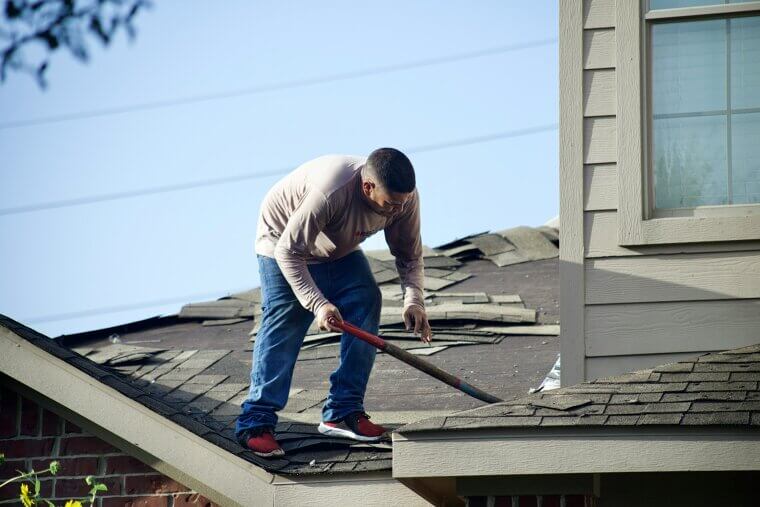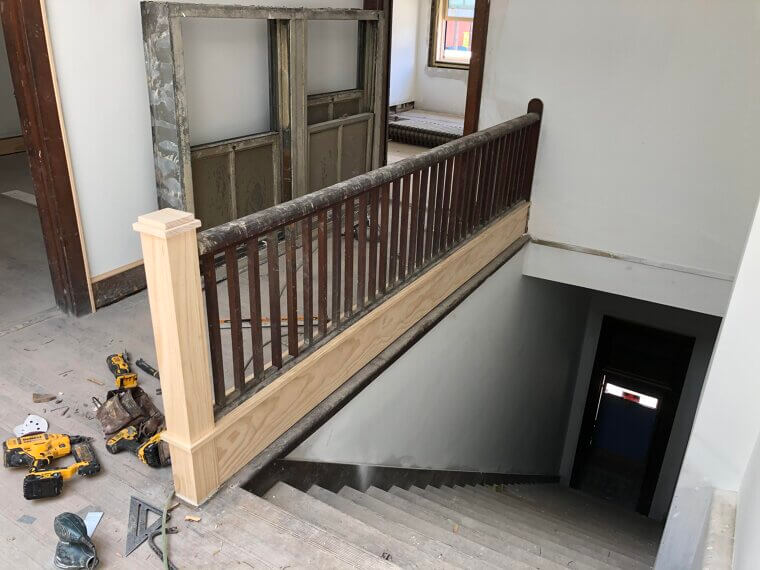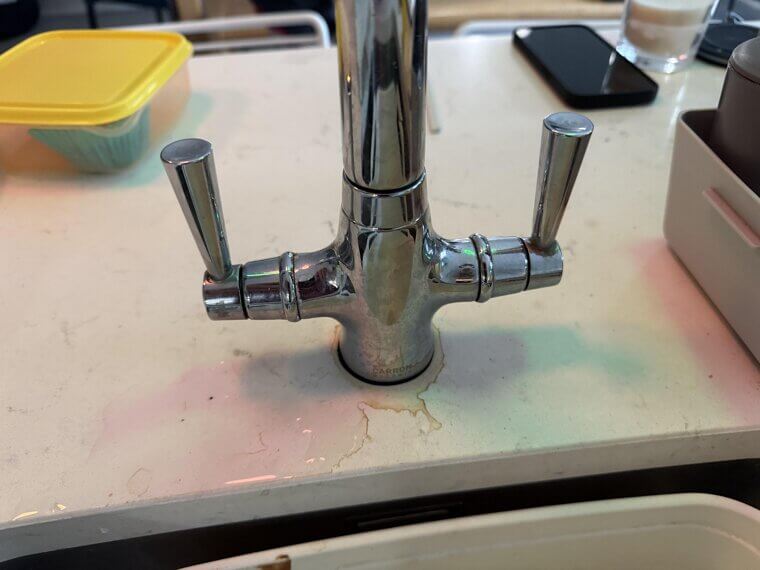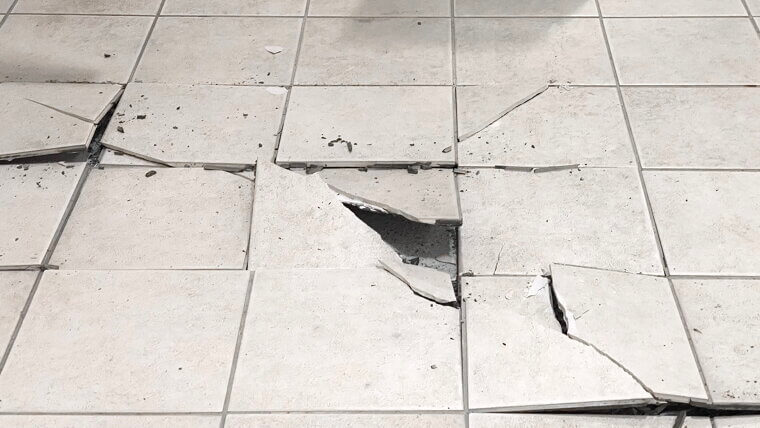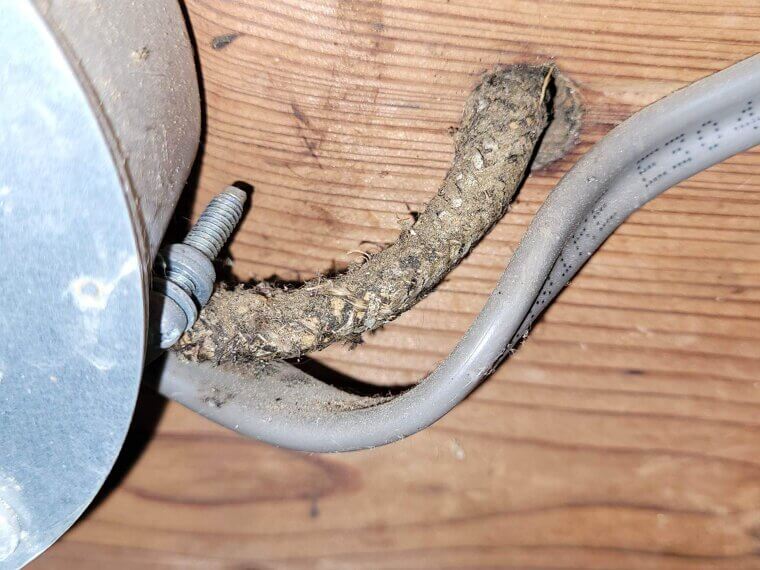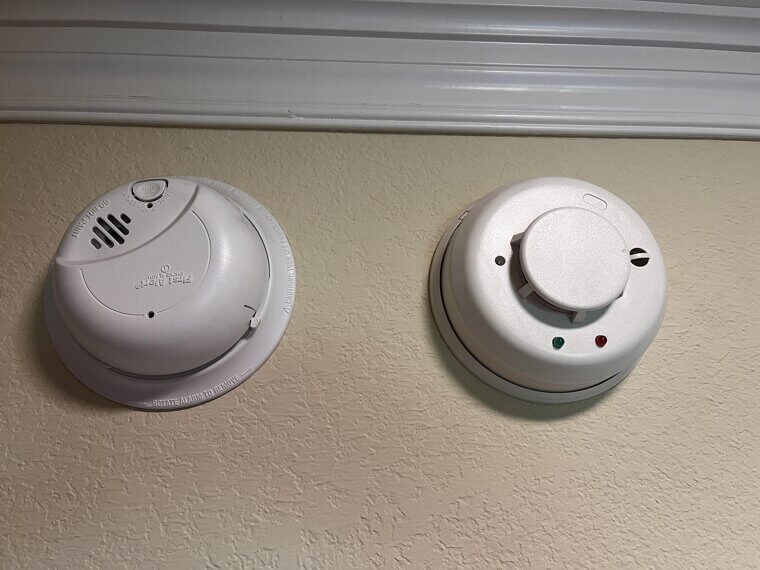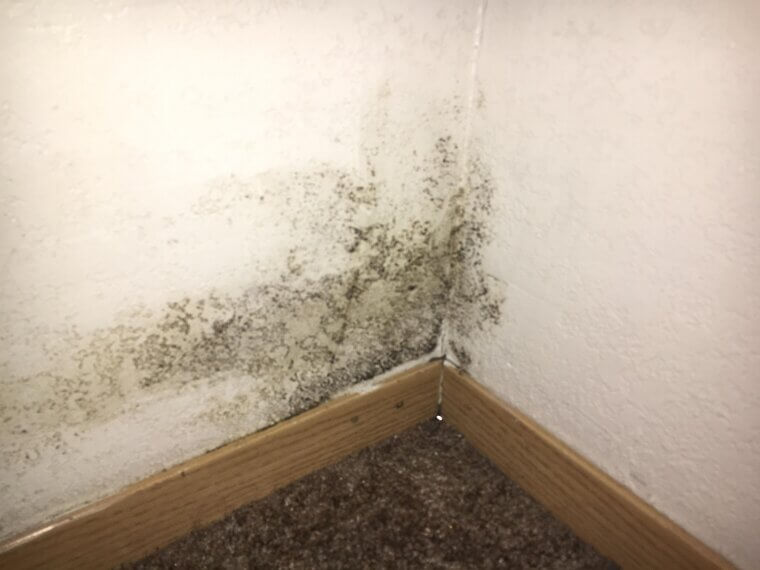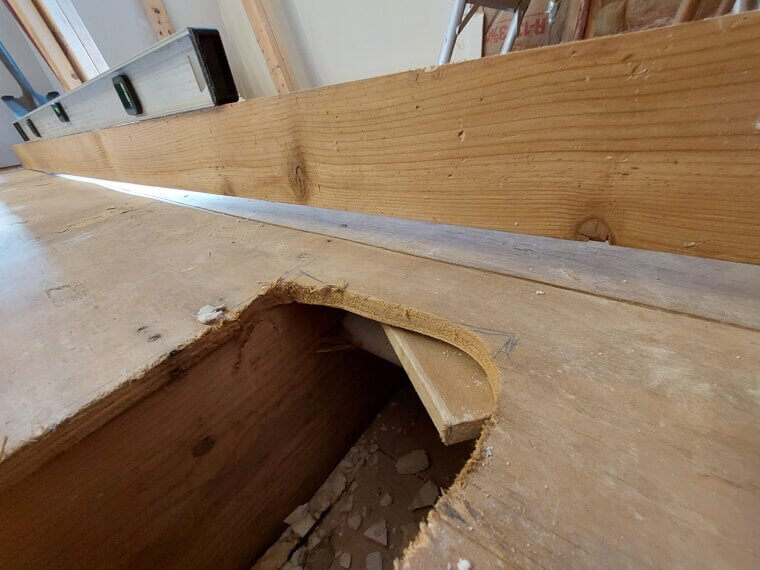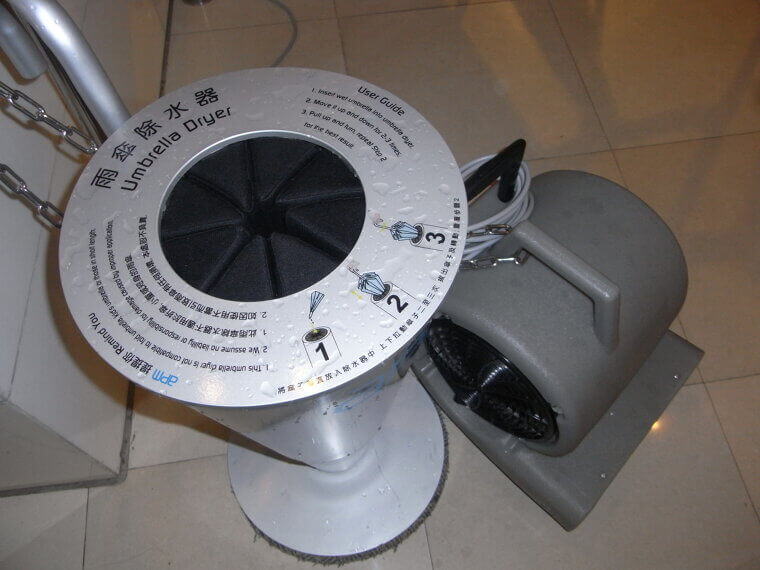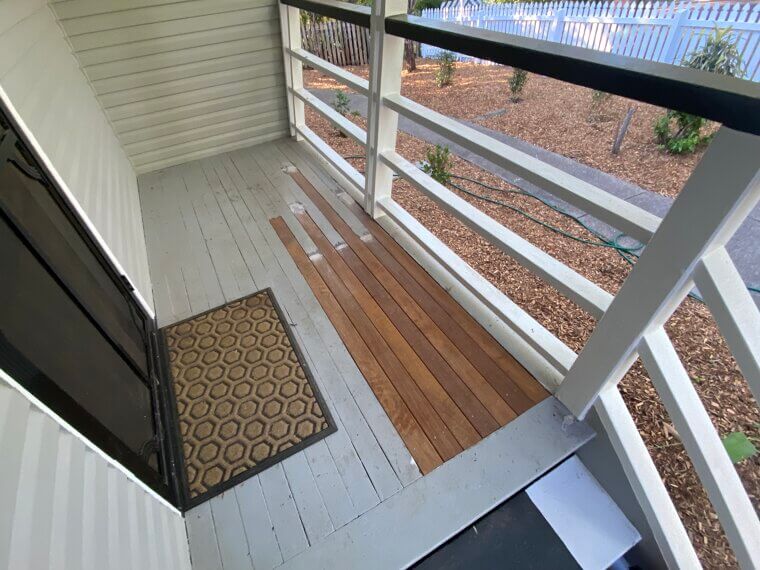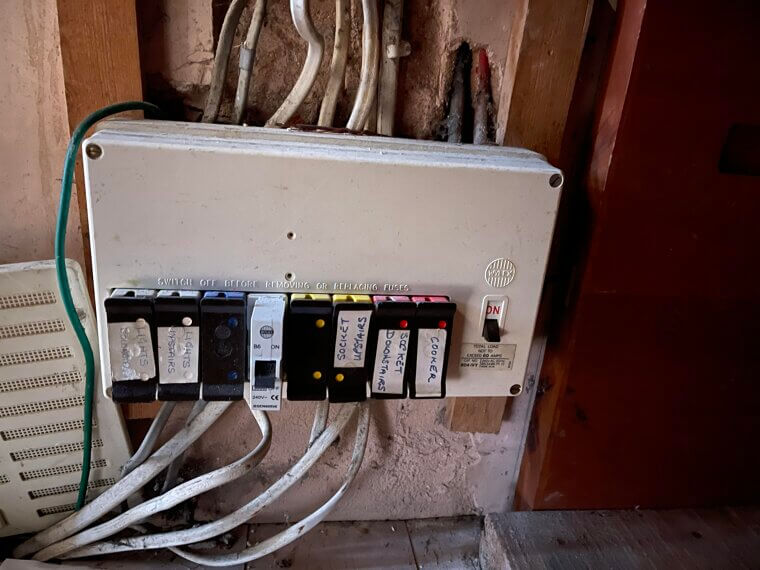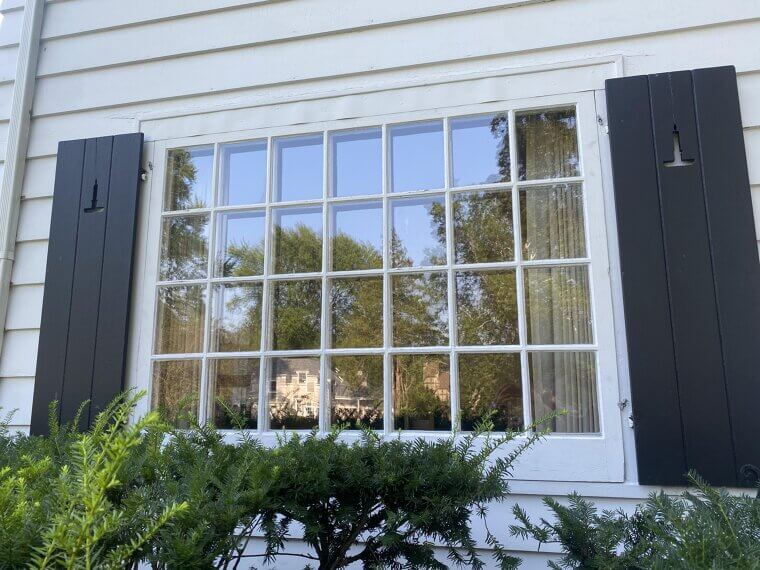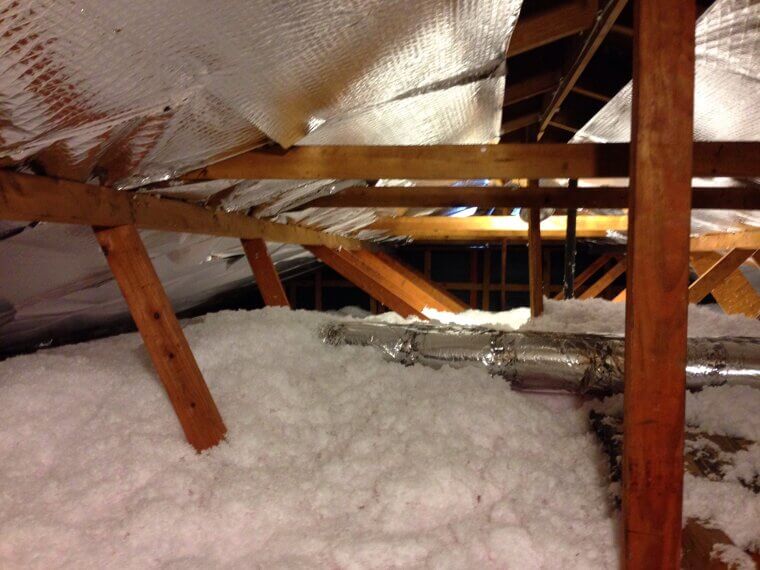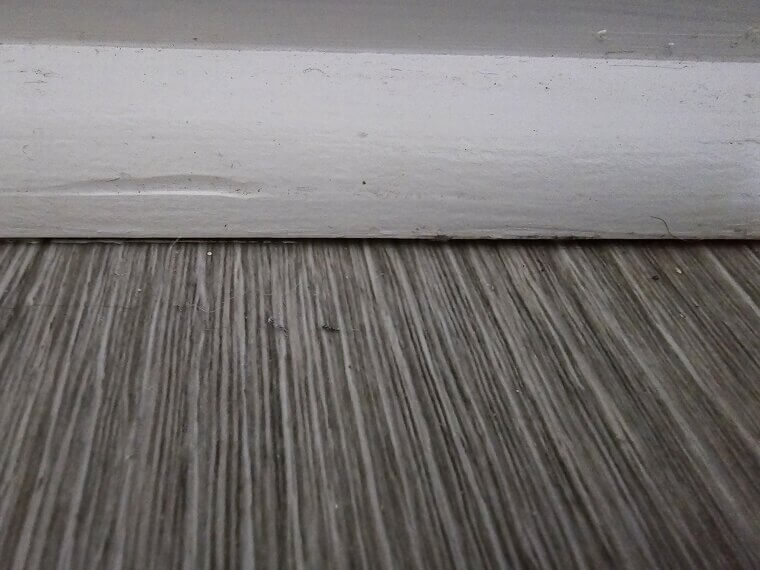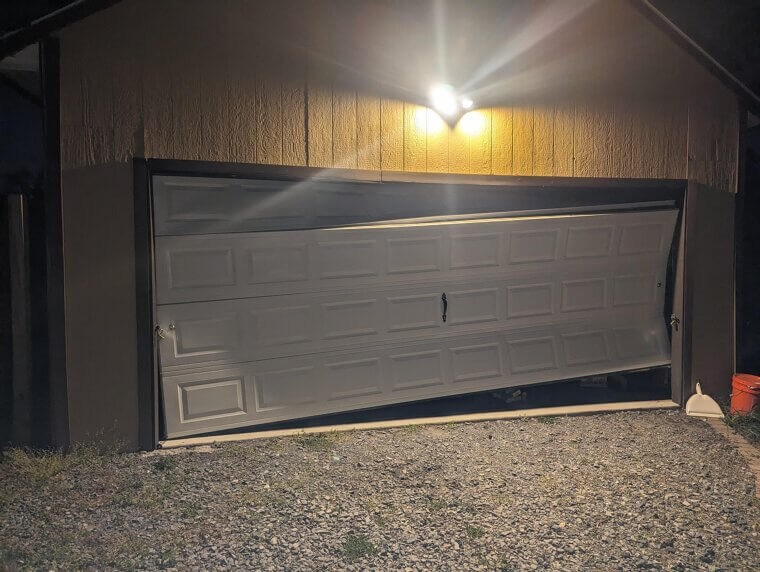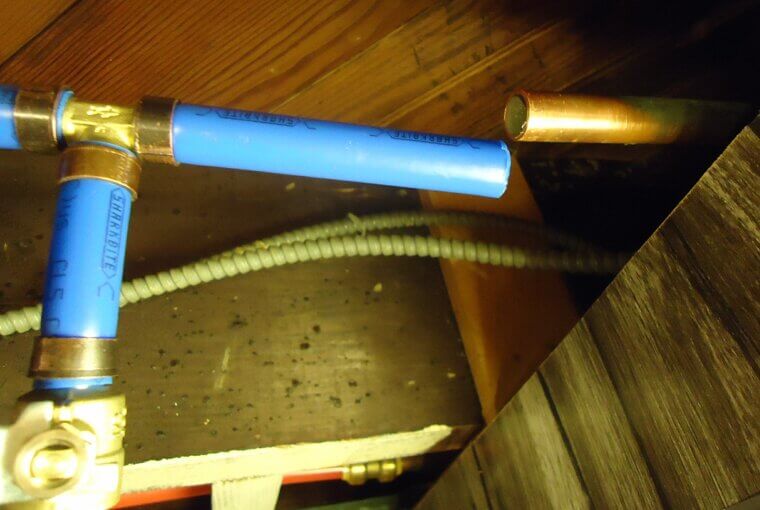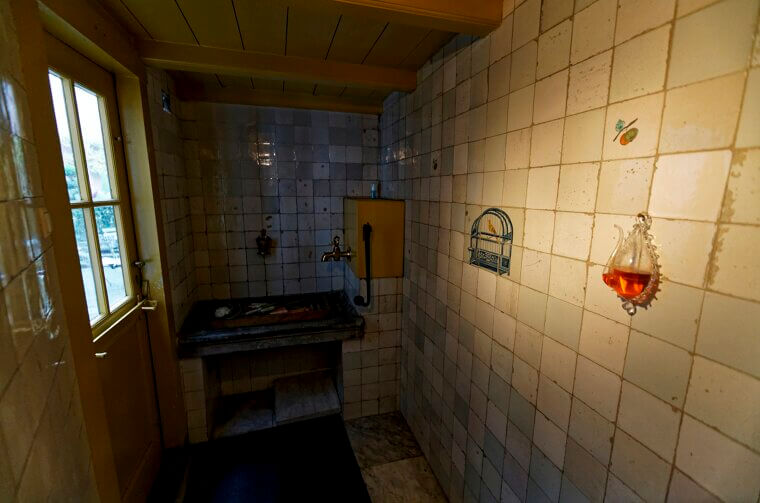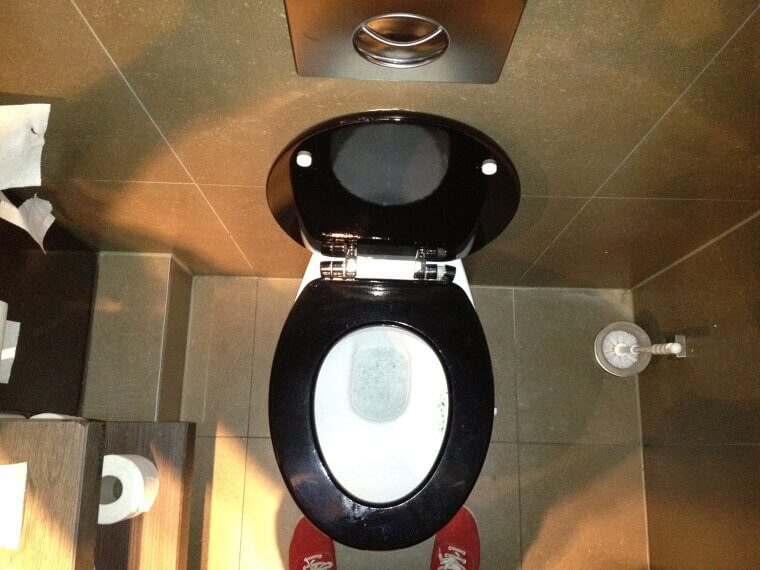DIY Roof Patch Jobs That Trap Moisture
While a patch may temporarily stop a leak, inspectors search for long-term fixes. Improper flashing, mismatched shingles, or sealed-over vents can trap moisture. So remember, proper ventilation and water drainage are essential for roofs.
Loose Handrails That Wobble Under Pressure
A handrail should be solid and comforting, like a handshake. However, inspectors pay attention when it jiggles like a loose tooth. Typically, only a few brackets or screws require tightening. It’s a fast remedy, but if disregarded, it definitely raises safety risks.
Leaky Taps and Poorly Sealed Plumbing Joints
Drips may seem harmless, but they hint at deeper plumbing issues. Whether it’s a loose washer or a misaligned seal, inspectors quickly flag leaks. Water damage adds up quietly, so even a slow drip deserves prompt attention before it becomes a soggy regret.
Cracked Tiles Hiding Water Damage Beneath
Not only is a cracked tile unsightly, but it also allows moisture to enter. Inspectors are aware that water likes to seep behind surfaces, particularly in kitchens and bathrooms. Mold and future expensive repairs can be avoided by replacing broken tiles and resealing grout.
DIY Electrical Work Without Proper Grounding
Wiring might look tidy, but inspectors dig deeper. If your DIY electrical fix skips grounding or uses mismatched components, it’s a red flag. Safety first: even small jobs need proper junction boxes, secure connections, and compliance with local codes to pass inspection.
Missing or Broken Smoke Detectors
It’s impossible to compromise on smoke detectors; inspectors will draw attention to them if they are out-of-date, missing, or hanging on a wire. These gadgets are easy to replace and save lives.
Painted-Over Mold or Mildew Patches
A fresh coat of paint may hide discoloration, but inspectors can still detect mold. They’ll look for telltale signs, such as bubbling, odor, or moisture nearby. Mold needs proper correction, not camouflage. You just need to address the source before reaching for the roller.
Gaps in Caulking Around Tubs and Sinks
Water is kept where it belongs with caulk. Moisture seeps into cabinets and walls when it pulls away or breaks. Inspectors immediately see these holes. Clean lines, waterproof seals, and no unexpected rot behind the scenes are all benefits of re-caulking.
Sloped Floors From Uneven Subfloor Repairs
A gentle slope might feel quirky, but inspectors see structural risk. Uneven floors often stem from rushed subfloor fixes or settling. They’ll check for bounce, gaps, or misaligned boards. Leveling compounds or professional help may be needed to restore balance - literally!
Blocked or Poorly Vented Dryer Ducts
In addition to being unsightly, lint accumulation poses a fire risk. Dryer vents are inspected for secure connections and adequate airflow. Long duct runs or do-it-yourself rerouting frequently lead to issues; everything is kept safe and effective with a clear, concise, and direct route to the outside.
Deck Boards That Aren’t Properly Secured
Guests may trip over loose deck boards, which can 100% result in inspection notes. To keep your deck safe, strong, and ready for summertime relaxation, refasten the planks and inspect them for signs of rot or spacing issues.
Overloaded Circuit Breakers or Fuse Boxes
A panel with too many wires jammed into it? That is not acceptable. Clean, labeled circuits and appropriate load distribution are what inspectors look for. Systems are frequently overloaded by do-it-yourself expansions without planning or authorization.
Windows That Don’t Open or Seal Correctly
Drafty frames or sticky windows raise eyebrows. Inspectors check for tight seals and seamless operation; poor do-it-yourself installations frequently omit weatherproofing or shims.
Poorly Installed Insulation in the Attic
Insulation should be fluffy and evenly spread, and not bunched, compressed, or blocking vents. Inspectors peek into attics for coverage and airflow. DIY jobs often miss vapor barriers or leave gaps, so be careful.
Foundation Cracks Disguised With Filler
Inspectors expect honesty, even if hairline cracks aren't dangerous. Moisture and movement problems cannot be resolved by filler alone. So don’t think they won’t look for indications of structural stress, drainage issues, or shifting, because they will!
Garage Doors Without Safety Sensors
Sensors are necessary for modern garage doors to prevent them from shutting on persons or animals. Inspectors will flag yours if they are mismatched or missing. So, one of the simplest methods to increase safety is to install or modify sensors.
Unsealed Gaps Around Exterior Pipes
Where pipes exit your home, gaps invite pests and moisture, and inspectors check for proper sealing with foam or caulk. DIY fixes often miss these spots, especially behind bushes or under decks.
Improper Grading Causing Yard Drainage Issues
Water should flow away from your home, not toward it. Inspectors assess slope and runoff patterns. DIY landscaping sometimes redirects water the wrong way. Regrading or adding swales can fix it. It’s a subtle issue, but one that protects your foundation in the long term.
DIY Basement Waterproofing That Fails
Fixing a basement can be a significant challenge, especially since makeshift drains or paint-on sealants often fail to work effectively. Inspectors search for indications of mold, efflorescence, or seepage. Grading, sump pumps, and appropriate barriers are all necessary for true waterproofing.
Loose Toilet Bases or Wobbly Fixtures
A toilet should sit solidly, with no rocking or leaks. Inspectors test for movement and check the seal. DIY installs often skip shims or over-tighten bolts. Re-seating a toilet isn’t glamorous, but it prevents water damage and keeps your bathroom feeling secure.

